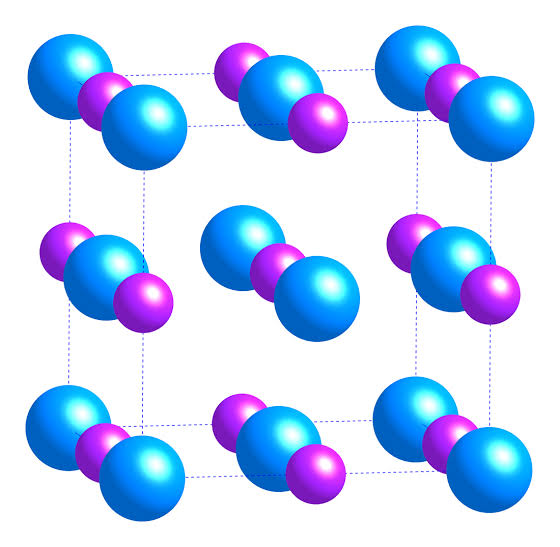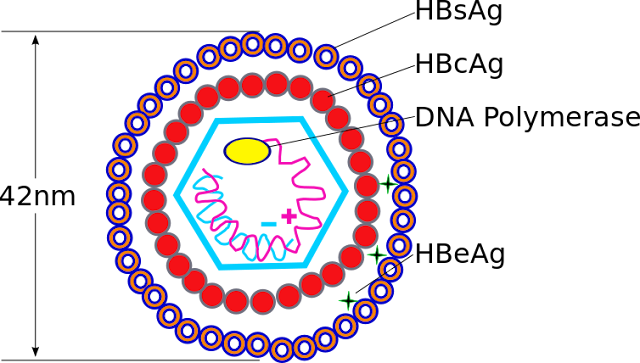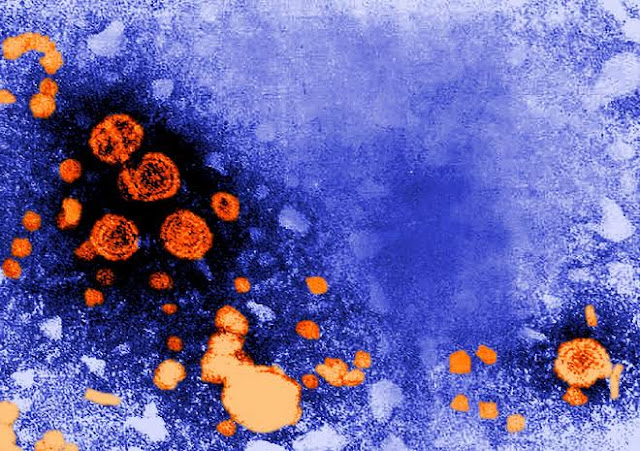Interesting and Amazing Facts of Human Body, Mushrooms, Animals and Science in Daily Life
Anoop Kumar Sharma
February 27, 2020
Interesting and Amazing Facts of Human Body, Mushrooms, Animals and Science in Daily Life
 |
| Interesting and Amazing Facts of Human Body, Mushrooms, Animals and Science in Daily Life |
Amazing Facts of Human Body
- The Surface area of a human lungs is equally to the tennis court.
- The only jointless bone in our body is hyoid bone that is occurs in our throat
- Humans & giraffes are have same numbers of bones in their necks.
- Jelly fish have been around for more than 650 million years which mean that they out date both dinosaurs and sharks.
- The nails of middle finger grows faster than the other fingers nails.
 |
| Interesting and Amazing Facts of Human Body, Mushrooms, Animals and Science in Daily Life |
Interesting Facts About Mushrooms
- A mushroom is the fleshy, spose leaving fruiting body of a fungus that are desirable as food in the market place.
- Mushroom are of two types; One is “Poisonous mushroom” and other is “Non piosnonous mushroom”
Paisonous mushroom: They are non - edible and also known as “Toads foot".
Examples are,
- Amanita phalloids [ Death cap]
- Amenita verna [destroying angel] Non Poisonous Mushroom: They are edible mushroom having lots of benefits and used for medicinal purpose
 |
| Interesting Facts About Mushrooms |
Examples are
- Agaricus bispous [Button mushroom]: Curing hypestemion, bood cell production, bone growth.
- Pleurotus ostreatus [Oyster mushroom]: Causing muscles and joints to relax.
- Lentinus edodes [Golden Oak Mushroom]: Strengthening health, antiviral, antitumor, antibacterial properties.
- Ganoderma lucidum [Lingzhi mushroom]: Inhibit growth of tumor, antioxidant, Rejuvenating
- Hericium erinaceus [Lionsimane]: Neusoproteetive features or properties, injury healing, anti-diabetic, anti-microbial properties or features.
Amazing Facts about animals
- Pandas don’t have specific sleeping spots they simply fall asleep when ever they happen to be.
- Sheep are known to self-medicate when they have some sickness. They will eats a specific plants when ill that can makes healthy them.
- A tiger legs are most powerful that they can remains standing even when they dead.
- Happy degs wao their tails to the right, sad ones to the left.
- Rabbits have 360 panoramic vision, allowing them to detects predaters from all directions.
- Elephants can’t jump.
- Zebras can communicate with each other Ears flat bact for example, means the zebra is annoyed, uncomfortable or angry.
- A Snail can sleep for there years.
 |
| Amazing Facts about animals |
Amazing Facts of Science in Daily Life
- Secretion of the hormone ghrelin by the stomach leads to the feeling of hunger.
- Your body is creating and killing 15 millions of RBCs (Red Blood Cells) per second.
- A human foetus get acquires fingerprints at the age of three months only.
Interesting Facts About Insects
- Moths can’t fly during an earth quake.
- Ants have two stomachs
- Butterflies taste With their feet
- Mosquivtors bite more when there is a full moon.
- In some parts of the world, beetle insects are considered good luck charms.
- Catter pillars have 12 eyes.
Copyrights © Science Tutor
Interesting and Amazing Facts of Human Body, Mushrooms, Animals and Science in Daily Life
 Reviewed by Anoop Kumar Sharma
on
February 27, 2020
Rating:
Reviewed by Anoop Kumar Sharma
on
February 27, 2020
Rating:
 Reviewed by Anoop Kumar Sharma
on
February 27, 2020
Rating:
Reviewed by Anoop Kumar Sharma
on
February 27, 2020
Rating:


















